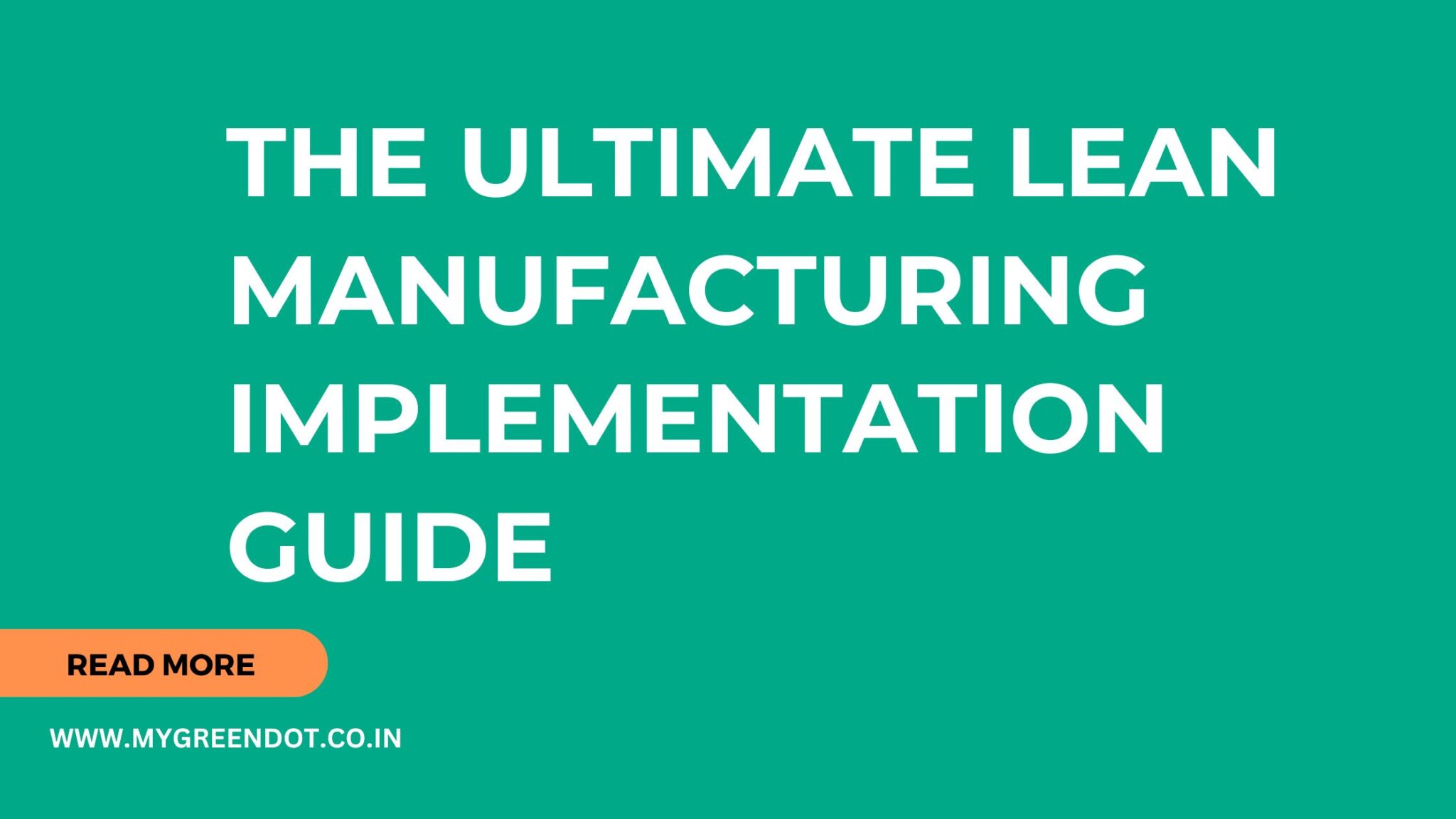Welcome to the magical realm of lean manufacturing implementation! Are you ready to embark on a journey of efficiency, productivity, and utter amazement? Well, you’ve come to the right place! In this ultimate guide, we will delve deep into the mystical world of lean manufacturing and unravel the secrets to its successful implementation. So buckle up, because we’re about to transform your organization into a lean, mean, manufacturing machine!
What Is Lean Manufacturing and Why Should You Care?
Lean manufacturing, also known as the Holy Grail of productivity, is a philosophy that aims to eliminate waste and optimize processes. It’s like Marie Kondo for your production floor—keeping only what brings value and joy to your operations. But why should you care about lean manufacturing? Here’s why:
- Increased Efficiency: Lean principles focus on streamlining operations, reducing waste, and eliminating unnecessary activities. This means fewer hiccups, smoother processes, and higher productivity levels.
- Enhanced Quality: By implementing lean practices, your putting quality at the forefront. This ensures that your customers receive products that are consistently top-notch, leaving them grinning from ear to ear.
- Happier Employees: Lean manufacturing empowers your employees by involving them in process improvement initiatives. It fosters a culture of continuous learning and growth.
Implementing Lean Manufacturing
Now that we have a solid understanding of lean manufacturing principles, let’s explore how organizations can effectively implement this approach:
1. Leadership Commitment
Successful lean manufacturing implementation starts with strong leadership commitment. Top-level management must champion the initiative, set clear goals, and provide the necessary resources for implementation. By leading by example, management can inspire employees and create a culture of continuous improvement.
2. Employee Empowerment
Engaging employees at all levels is crucial for successful lean manufacturing implementation. Organizations should provide training and encourage employees to identify and solve problems, eliminate waste, and contribute to process improvement. Empowered employees are more likely to embrace change and actively participate in lean initiatives.
3. Value Stream Analysis
Conducting a thorough value stream analysis is a critical step in implementing lean manufacturing. By analyzing the current state of the production process, organizations can identify waste, inefficiencies, and areas for improvement. This analysis helps prioritize improvement efforts and guides the implementation strategy.
4. Continuous Improvement
Lean manufacturing is not a one-time initiative but a continuous journey. Organizations should establish a system for ongoing monitoring, measurement, and improvement. Regular performance reviews, Kaizen events, and employee feedback mechanisms can drive continuous improvement and ensure long-term success.
5. Training and Education
Providing adequate training and education to employees is essential for successful lean manufacturing implementation. Training programs should cover lean principles, tools, and methodologies to equip employees with the necessary knowledge and skills to contribute effectively to process improvement initiatives.
The Principles of Lean Manufacturing
To effectively implement lean manufacturing, it is essential to understand its core principles. Here are the key principles that form the foundation of lean manufacturing:
1. Identify Value
The first step in lean manufacturing implementation is identifying what is valuable to the customer. By understanding customer needs and preferences, organizations can focus their efforts on delivering products and services that provide maximum value.
2. Map the Value Stream
Once the value is identified, the next step is to map the value stream. This involves analyzing the entire production process, from raw materials to the end product, to identify areas of waste and opportunities for improvement.
3. Create Flow
Creating a smooth flow of work is crucial in lean manufacturing. By minimizing interruptions, bottlenecks, and delays, organizations can improve efficiency and reduce lead times. This may involve reorganizing workstations, optimizing inventory management, and implementing just-in-time production.
4. Establish Pull Systems
In a lean manufacturing environment, production is driven by customer demand rather than speculative forecasts. By establishing pull systems, organizations can ensure that products are produced only when needed, reducing inventory holding costs and the risk of overproduction.
5. Pursue Perfection
The pursuit of perfection is a continuous effort in lean manufacturing. It involves setting ambitious goals, encouraging innovation, and continuously improving processes to eliminate waste and enhance value delivery.
FAQs (Frequently Awesomely Quirky Questions)
Q: Is lean manufacturing only for large organizations?
A: Absolutely not! Lean principles can be applied to organizations of all sizes. Whether your a small startup or a multinational corporation, lean manufacturing can work wonders for you.
Q: Will implementing lean manufacturing require major changes to our processes?
A: Lean implementation is a gradual process that involves continuous improvement. It may require some changes, but fear not! The ultimate goal is to make your operations more efficient and awesome, not to flip your organization upside down.

